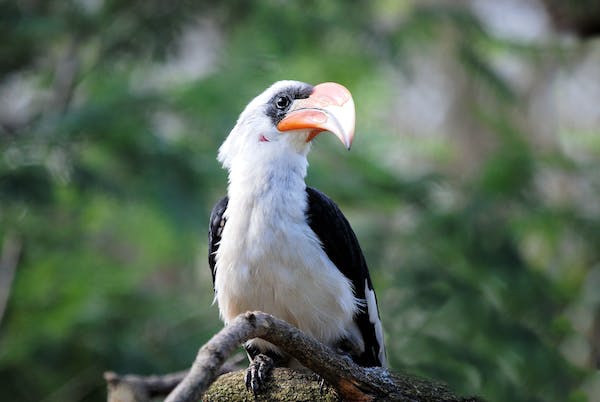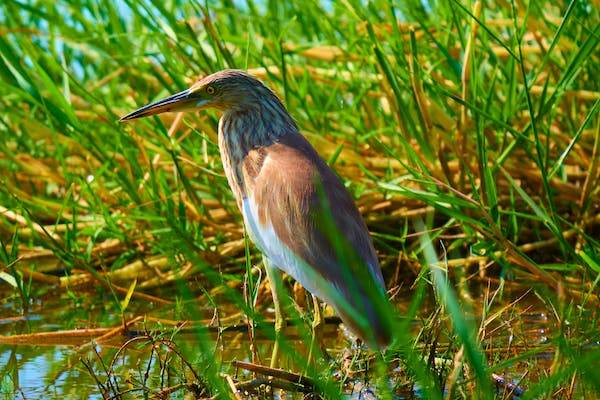Introduction
Rockhopper penguins, with their distinctive appearance and lively personality, are among the most captivating species in the penguin family. In Our exploration, we delve into the unique world of Rockhoppers, unraveling their characteristics, habitat, behavior, and the ongoing conservation initiatives dedicated to protecting these fascinating birds.
Rockhopper Penguins
Understanding Rockhopper Penguins
Rockhopper penguins (Eudyptes chrysocome) are easily recognizable by their distinctive appearance, featuring spiky yellow crests and vibrant red eyes. These charismatic birds inhabit the sub-Antarctic islands and are divided into two main species: the Southern Rockhopper Penguin and the Northern Rockhopper Penguin.
Physical Characteristics
The Rockhopper’s distinctive yellow and black plumage sets them apart, making them easily distinguishable from other penguin species. Their unique crests, which resemble wild eyebrows, add an extra touch of charm to their appearance.
Habitat and Distribution of Rockhopper Penguins
Natural Habitat
Rockhopper penguins are primarily found on remote islands in the southern hemisphere, including the Falkland Islands, Tristan da Cunha, and the sub-Antarctic islands. These regions provide the perfect environment for Rockhoppers to thrive, with rocky shorelines and steep cliffs where they can access their nesting sites.
Adaptations to Harsh Environments
Surviving in extreme conditions, Rockhoppers have evolved to navigate both land and water with ease. Their powerful flippers aid in efficient swimming, while strong claws enable them to climb rocky terrains and reach their nesting sites high above the water.
Social Behavior and Communication Among Rockhopper Penguins
Colonial Nesting
Rockhopper penguins exhibit a fascinating colonial nesting behavior, gathering in large numbers during the breeding season. The colonies, known as rookeries, are vibrant hubs of activity where social interactions and courtship rituals unfold.
Distinctive Vocalizations
Communication among Rockhopper penguins involves a repertoire of vocalizations. These range from gentle braying calls to more elaborate displays during courtship. The ability to communicate effectively is crucial for establishing territories and fostering social bonds within the colony.
Threats to Rockhopper Penguins and Conservation Efforts
Human Impact
Despite their resilience, Rockhopper penguins face numerous threats, including overfishing, pollution, and climate change. Human activities such as oil spills pose a direct risk to their habitats, while changes in sea temperature affect the availability of their primary food source, krill.
Conservation Initiatives
Recognizing the importance of safeguarding Rockhopper penguins, conservation organizations and researchers are actively engaged in initiatives aimed at preserving their habitats and addressing the challenges they face.
These efforts include establishing marine protected areas, monitoring population trends, and advocating for sustainable fishing practices.
Rockhopper Penguins in Popular Culture
Inspiring Stories
Rockhopper penguins have left an indelible mark in popular culture, captivating the hearts of people worldwide. From animated films to documentaries, their charming antics and resilient nature have inspired various creative works, fostering awareness about the importance of protecting these remarkable birds.
Educational Outreach
Zoos and aquariums play a crucial role in educating the public about Rockhopper penguins. By showcasing these charismatic creatures in controlled environments, these institutions contribute to raising awareness about the challenges they face in the wild and the significance of conservation efforts.
Feeding Habits and Diet of Rockhopper Penguins
Specialized Diet
Rockhopper penguins are expert divers, capable of reaching considerable depths to catch their prey. Their main sources of food are squid, fish, and krill. The unique structure of their beaks allows them to efficiently catch and consume their prey, showcasing their adaptability to the marine environment.
Foraging Techniques
Rockhoppers display impressive foraging techniques, diving into the ocean in search of food. Their streamlined bodies and Strong Swimming abilities enable them to cover significant distances underwater, ensuring they have access to an ample food supply to sustain their energy levels.
Reproductive Cycle of Rockhopper Penguins
Courtship and Mating
The reproductive cycle of Rockhopper penguins is a captivating process marked by elaborate courtship rituals. Males often engage in displays of affection, presenting potential mates with pebbles as a token of their commitment.
Once a bond is established, the pair collaborates in building a nest from stones and vegetation.
Chick Rearing and Parental Care
Rockhopper parents invest considerable effort into raising their chicks. Both males and females take turns incubating the eggs and caring for the chicks after hatching. This shared responsibility contributes to the strong familial bonds within the colonies, ensuring the survival of the next generation.
The Role of Rockhopper Penguins in Ecosystems
Keystone Species
Rockhopper penguins play a crucial role in the ecosystems they inhabit. As a keystone species, they help maintain the balance of the food chain by regulating the population of their prey, such as krill.
This, in turn, has cascading effects on other marine species, emphasizing the interconnectedness of diverse ecosystems.
Indicators of Environmental Health
Monitoring the health and population trends of Rockhopper penguins provides valuable insights into the overall well-being of their habitats. Changes in their numbers or behavior can serve as indicators of broader environmental issues, making them essential subjects for scientific research and conservation efforts.
Conclusion
In conclusion, the world of Rockhopper penguins is a captivating and vital part of our natural heritage. From their unique physical characteristics to their colonial nesting habits and the challenges they face in the wild, Rockhoppers are a testament to the resilience of wildlife in the face of adversity.
As we continue to explore and understand these remarkable birds, it becomes clear that concerted efforts are needed to ensure their survival. By appreciating and protecting the Rockhopper penguin, we contribute to the broader tapestry of biodiversity, fostering a world where these charming creatures can thrive for generations to come.




